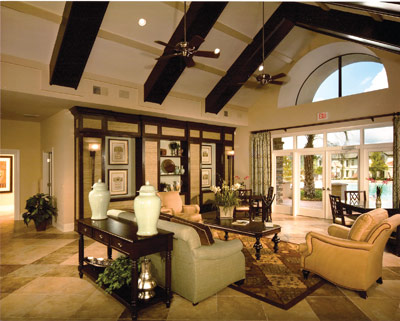
ASID Membership Directory & Buyers Guide - Outside the Box
 When thinking about commercial interior design, images of offices and hotels may come to mind. However, professional designers are also involved with schools, churches, healthcare facilities, clinics, restaurants, retail stores and even random projects such as the occasional private plane or yacht.
When thinking about commercial interior design, images of offices and hotels may come to mind. However, professional designers are also involved with schools, churches, healthcare facilities, clinics, restaurants, retail stores and even random projects such as the occasional private plane or yacht.
“Practicing interior designers work in all areas of design,” says Florida North Chapter President Brianna Jones, ASID. “That includes design development, interior architectural detailing, space planning, project management, site visits, trade management, material specifications, furnishing specifications and installations.”
To design commercially, an interior designer must be licensed through the State of Florida’s Department of Business and Professional Regulations. Those who are collaborate with architects and contractors, read and translate blueprints, handle all aspects of decorating and design and even work to make sure that all spaces are accessible to people who are disabled.
ASID members thoroughly understand ADA standards and can even suggest new ways to improve employee satisfaction and productivity by enhancing the work environment.
Unlike residential design, where a designer is typically working with one or two homeowners, the process of commercial design usually involves a team of people sharing ideas and making decisions.
Designers consider such aspects as the type of work being done, privacy versus open space, universal design for accessibility, storage and organizational areas required and factors impacting safety.
